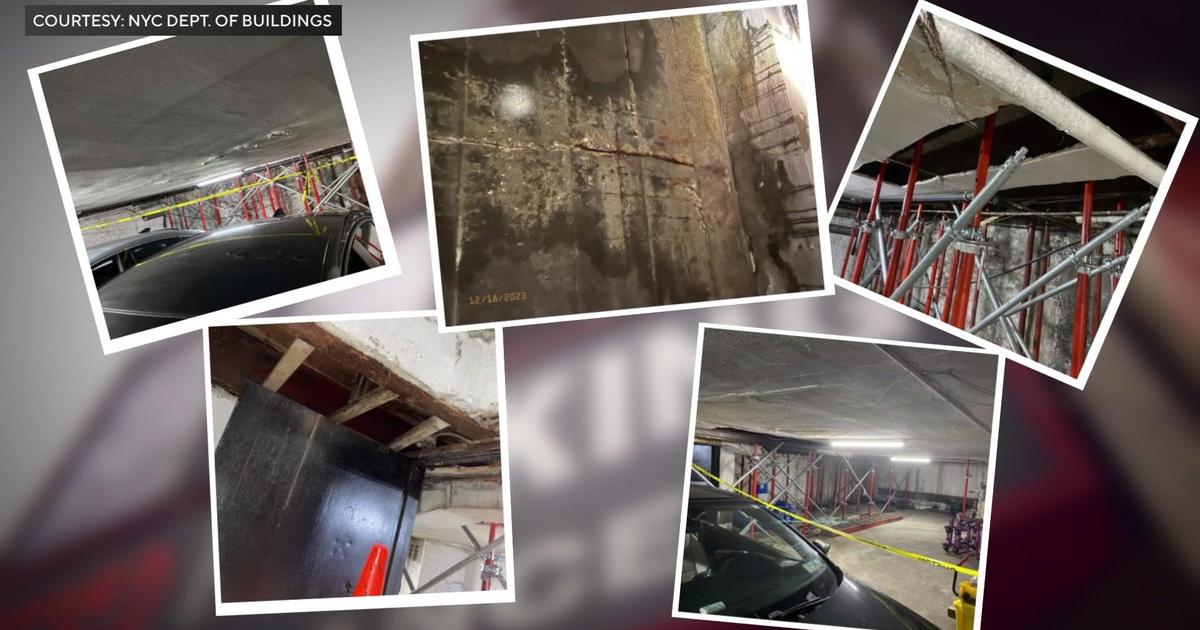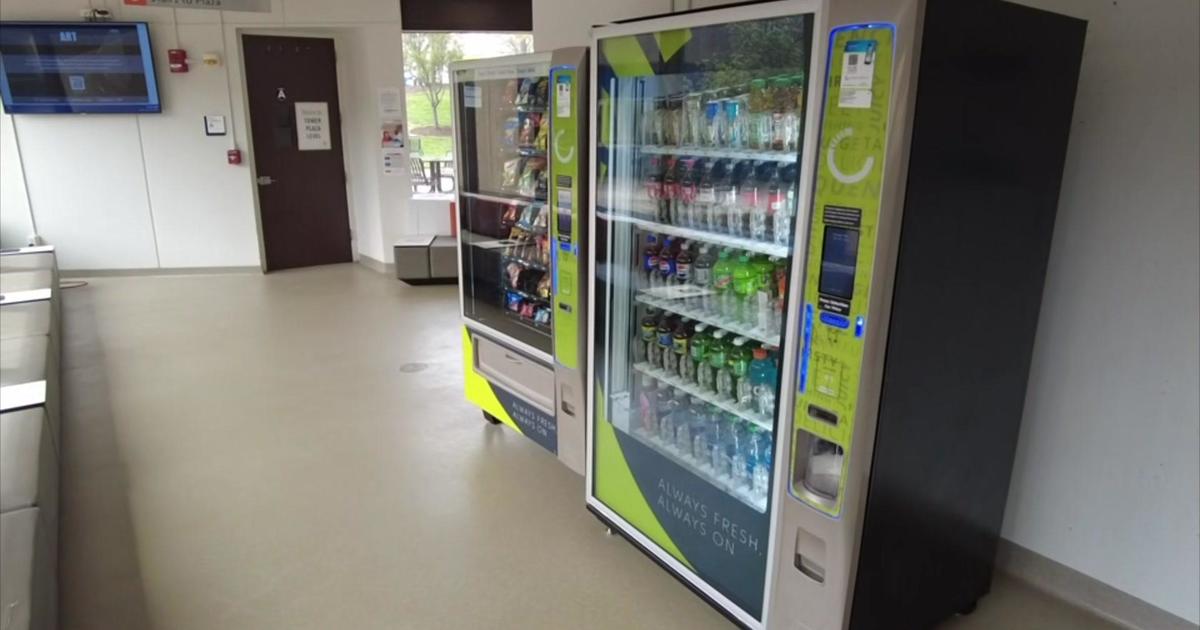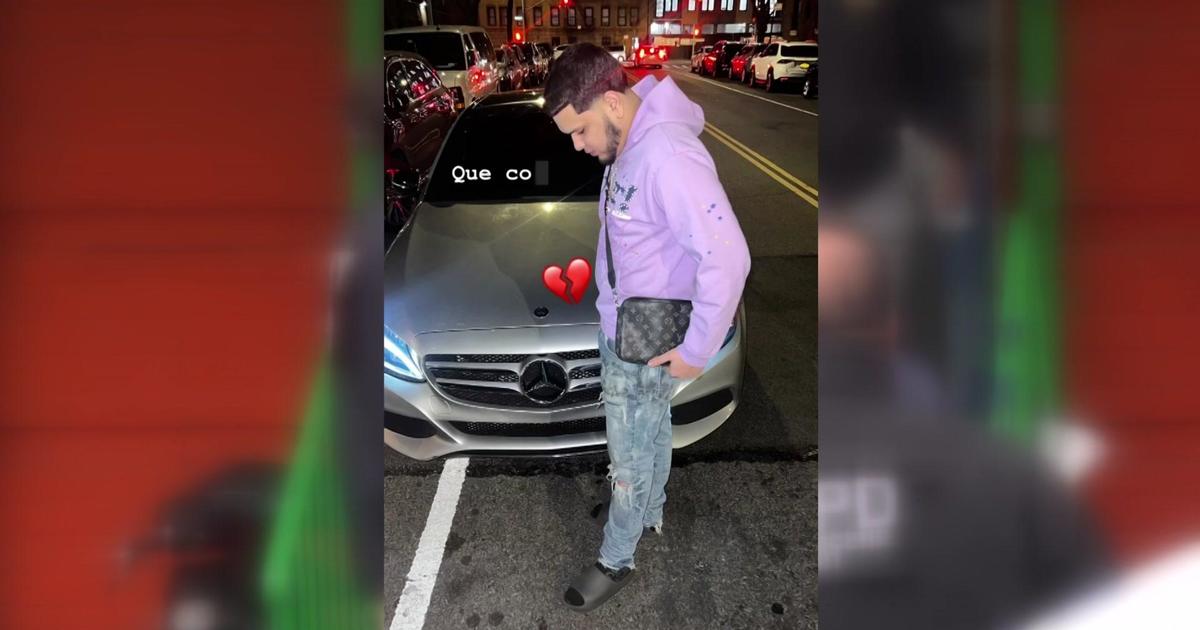Hyperloop, Vacuum Tubes Shaping Up As Travel Of The Future?
LOS ANGELES (CBSNewYork/AP) -- Imagine traveling from Manhattan to Beijing in two hours. A couple of innovative minds believe they know how to cut travel time drastically, using high-speed capsules racing through tubes – much like making a drive-through transaction at a bank.
Colorado inventor Daryl Oster calls his idea the "Evacuated Tube Transport Technology" and says it can send someone 400 miles from Los Angeles to San Francisco in about a half-hour. His technology would require a system for sending a capsule through a vacuum tube with the air sucked out just like outer space, eliminating friction.
"What you'll feel is like if you're in a Corvette and push the throttle down all the way," Oster told CBS 2's Barry Petersen.
Oster's idea is similar to another one being floated by Elon Musk, who has made billions of dollars creating Tesla electric cars, the online payment system PayPal and SpaceX, one of the world's first private rockets for launching satellites.
Musk has been dropping hints about his "Hyperloop" system for more than a year during public events, mentioning that it could never crash, would be immune to weather and would move people from Los Angeles to San Francisco also in about 30 minutes. On Monday, he finally revealed details of his plan for the solar-powered, elevated transit system. Musk said his Hyperloop would transport people -- or cars -- in aluminum pods traveling 800 mph through steel tubes.
"You just see a carpet of cars that aren't moving, and it's just like, 'Wow, how much misery is that causing?' and surely there's something we can do about it," Musk told CBS in an earlier interview.
Musk, however, said he is too focused on other projects to consider actually building it.
"I think I kind of shot myself by ever mentioning the Hyperloop," he said. "I don't have any plans to execute because I must remain focused on SpaceX and Tesla."
Musk said he invites critical feedback to his design "to see if the people can find ways to improve it." It will be an open-source design, meaning anyone can use it and modify it.
So why aren't Oster's and Musk's plans imminent? It will take at least several billion dollars before one or the other can come to life.
Complicating matters further is that another set of California dreamers has already come up with a high-speed rail system with speeds of 220 mph, making an L.A.-to-San Francisco trip in three hours possible. The rail, approved by voters last November, would cost nearly $70 billion.
"To meet the needs of the 50 million people that we're going to have in the next 20 or 30 years, we have to build more freeways, more airports and do things that are going to cost a lot more than the high-speed rail system is going to cost," reasoned Dan Richards, chairman of the California High-Speed Rail Authority.
Musk and Oster said their transport devices would cost only about one-tenth of the California high-speed rail.
You May Also Be Interested In These Stories
(TM and © Copyright 2013 CBS Radio Inc. and its relevant subsidiaries. CBS RADIO and EYE Logo TM and Copyright 2013 CBS Broadcasting Inc. Used under license. All Rights Reserved. This material may not be published, broadcast, rewritten, or redistributed. The Associated Press contributed to this report.)



